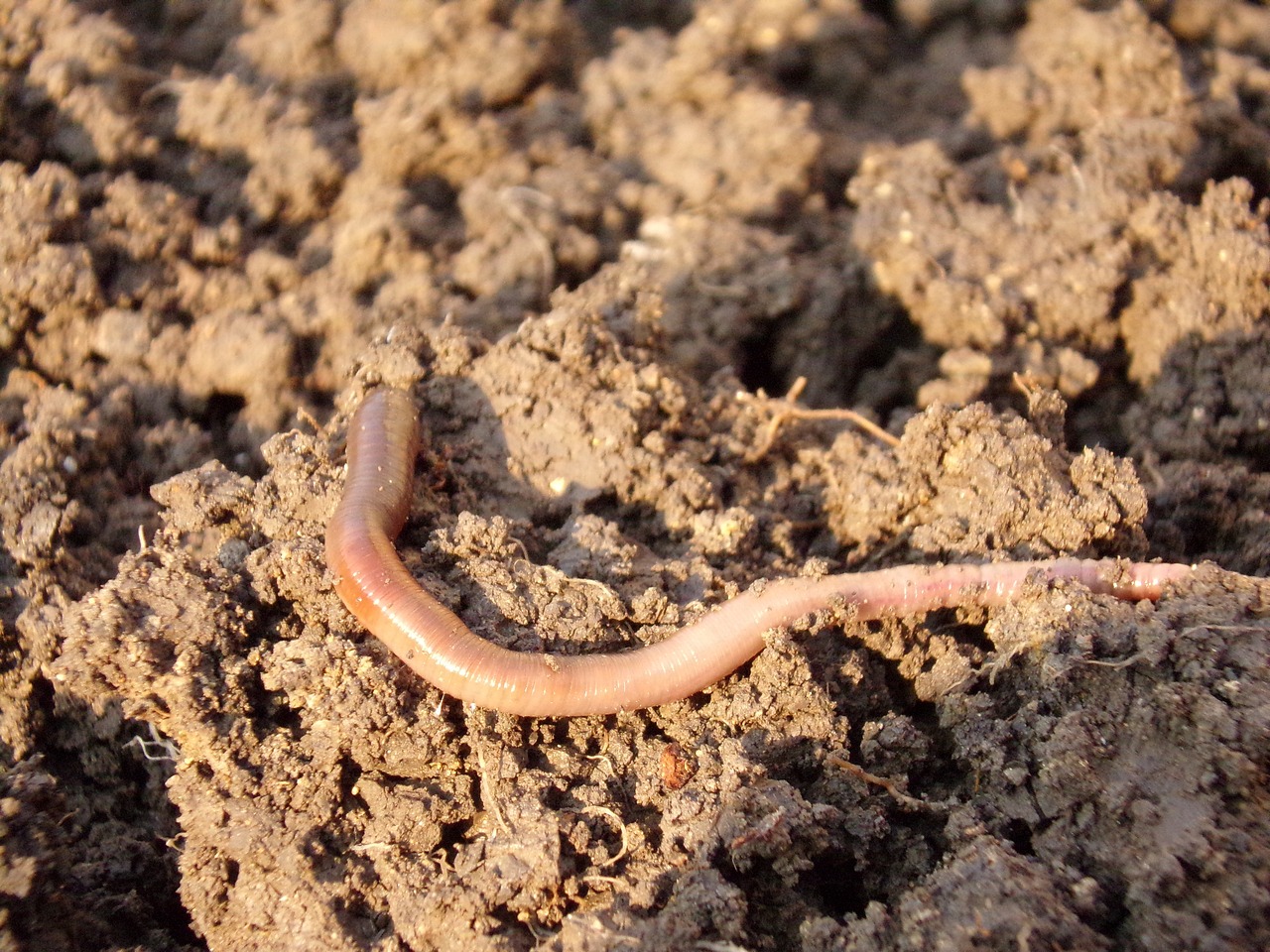It's a Dirty Job
In this lesson, students will create mini habitats to observe earthworm behavior and learn about the important role that earthworms play in decomposition and plant growth.

Background
Lesson Activities
Recommended Companion Resources
Credits
Author
Pamela Emery | California Foundation for Agriculture in the Classroom
Acknowledgements
This lesson was updated in 2013 with funding from California Foundation for Agriculture in the Classroom and a grant from the California Department of Food and Agriculture’s Fertilizer Research and Education Program. The Fertilizer Research and Education Program (FREP) funds and facilitates research to advance the environmentally safe and agronomically sound use and handling of fertilizer materials. FREP serves growers, agricultural supply and service professionals, extension personnel, public agencies, consultants, and other interested parties. FREP is a part of the California Department of Food and Agriculture (CDFA), Division of Inspections Services.
Editor: Shaney Emerson
Executive Director: Judy Culbertson
Illustrator: Toni Smith
Layout and Design: Nina Danner
Copy Editor: Leah Rosasco
Standards
Nebraska Content Area Standards
-
Science 7.7 - Interdependent Relationships in Ecosystems
- SC.7.7.3.A: Construct an explanation that predicts patterns of interactions among organisms across multiple ecosystems.
-
Science 7.8 - Matter and Energy in Organisms and Ecosystems
- SC.7.8.4.C: Analyze and interpret data to provide evidence for the effects of resource availability on organisms and populations of organisms in an ecosystem.
- SC.7.8.4.D: Develop a model to describe the cycling of matter and flow of energy among living and nonliving parts of an ecosystem.
- SC.7.8.4.E (modified): Construct an argument supported by evidence that changes to physical or biological components of an ecosystem affect populations.
 Earthworms are hermaphrodites, meaning they have both female and male reproductive parts. After mating, earthworms lay eggs inside a cocoon covering that hatches in about two or three weeks, but this can vary depending on species and weather conditions. Baby worms are called wormlets and look like tiny pieces of thread when newly hatched.
Earthworms are hermaphrodites, meaning they have both female and male reproductive parts. After mating, earthworms lay eggs inside a cocoon covering that hatches in about two or three weeks, but this can vary depending on species and weather conditions. Baby worms are called wormlets and look like tiny pieces of thread when newly hatched.